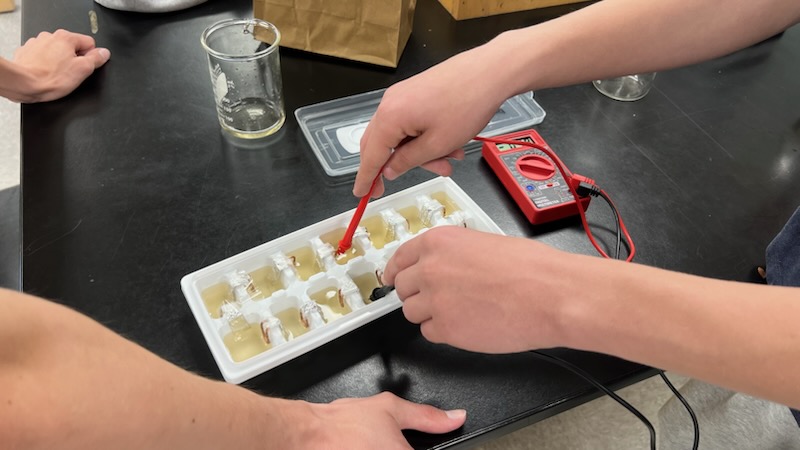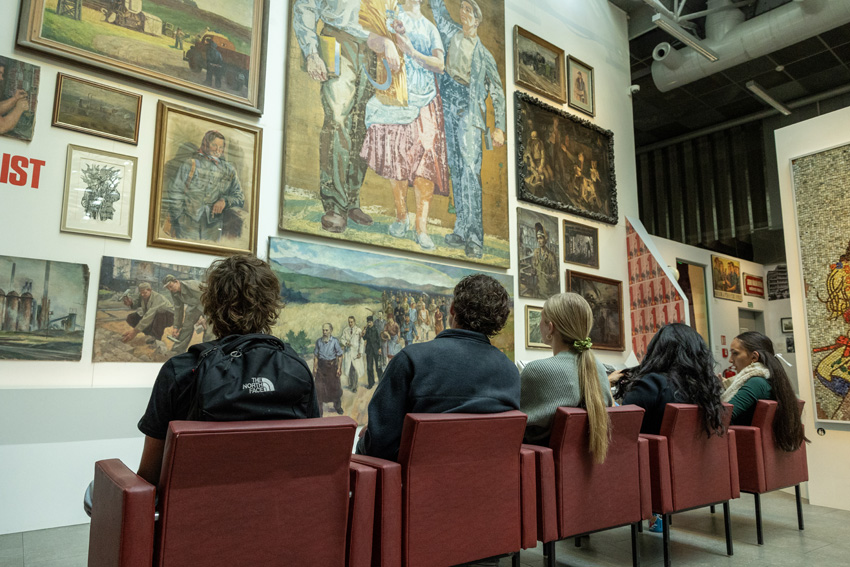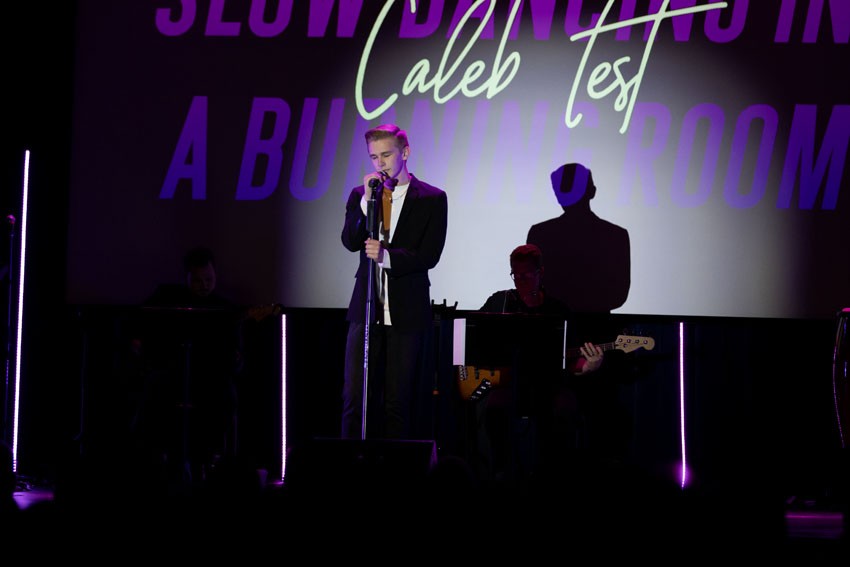In 1994, only 35 percent of the nation’s public schools had access to the Internet. While some of these schools may have questioned its usefulness, others simply did not have the technology.
Today, things have changed. According to the National Center for Education Statistics [NCES] in 2002, 99% of the schools now have Internet access.
Internet accessibility during and after school hours can be useful to those students who do not normally have that availability at home. This convenience is often used for accessing homework assignments, school activities and research.
“I don’t have the Internet at home so I do all my research at school,” Kevin Reed, ’05, said. “I don’t have the Internet at home because my parents don’t trust my siblings not to view inappropriate material.”
While classroom Internet is mostly for schoolwork references, it is possible to abuse this resource by viewing inappropriate material. Various forms of technology and blocking systems are used to prevent students from accessing inappropriate information on the Internet.
“In order to keep students from accessing inappropriate material on the Internet, we use a filtering service called N2H2,” Ray Floyd, technology director of Caruthers Unified High School, said. “Internet sites feed through the filtering system so inappropriate sources are immediately blocked. It is easy to use because we do not have to connect the system to every computer.”
Several different techniques such as filtering software, honor codes or teacher monitoring are used for site blocking in nearly every public school nationwide.
“There are both positive and negative aspects to blocking certain Internet sites,” Floyd said. “Unacceptable sites we don’t want students viewing are blocked. Although some sites are blocked that could be useful to students, like if they wanted information on child abuse or something like that.”
Throughout the years, many different Internet connections have been used in schools across the nation. Some of these network hook ups include dial-up, 56Kb, T1/DS1 and fractionalized T1, T3/DS3 and T3 lines.
“Our school uses a T1 connection because it is high speed,” David Martens, technology director, said. “T1 is the fastest connection we can afford as a school. It also is a business connection, so it is easy to use because the speed is always the same going both directions.”
According to the NCES, by the year 2000, 77% of public schools with Internet connections used dedicated lines, 11% used dial-up, and 24% used ISDN, wireless and cable connection types among others.
“The cheapest, most accessible Internet connection available is probably the 56K modem, which is a normal, dial-up connection,” Martens said. “We don’t use it as a school because it is much slower than T1.”
While various schools may use different Internet connections, some campus students prefer other ways of accessing the Web.
“My Internet at home [DSL] is faster and easier to use than the schools’,” Nicholas Ramon, ’05, said. “There are always so many people using the school Internet at the same time, it makes it much slower.”
While the Internet serves as a device for multiple functions, some of its purposes are used more than others.
“The Internet is primarily used for accessing or sending e-mail and research secondary,” Martens said. “Although if student use is counted, research would be first and then e-mail.”
Though the school Internet system may not be preferable to some students, the extra cost to upgrade may end up into tuition charges, which may not seem tolerable to some.
“I wouldn’t pay more for a better Internet system because I don’t think it’s really worth it,” Ramon said. “I just don’t think upgrading it is all that important.”
Despite different connecting systems and Internet availability, the accessing the Web is now possible for most students nationwide.
For more information on Internet access in nationwide public schools and classrooms, visit the NCES online at www.nces.ed.gov/pubs2001/InternetAccess.






